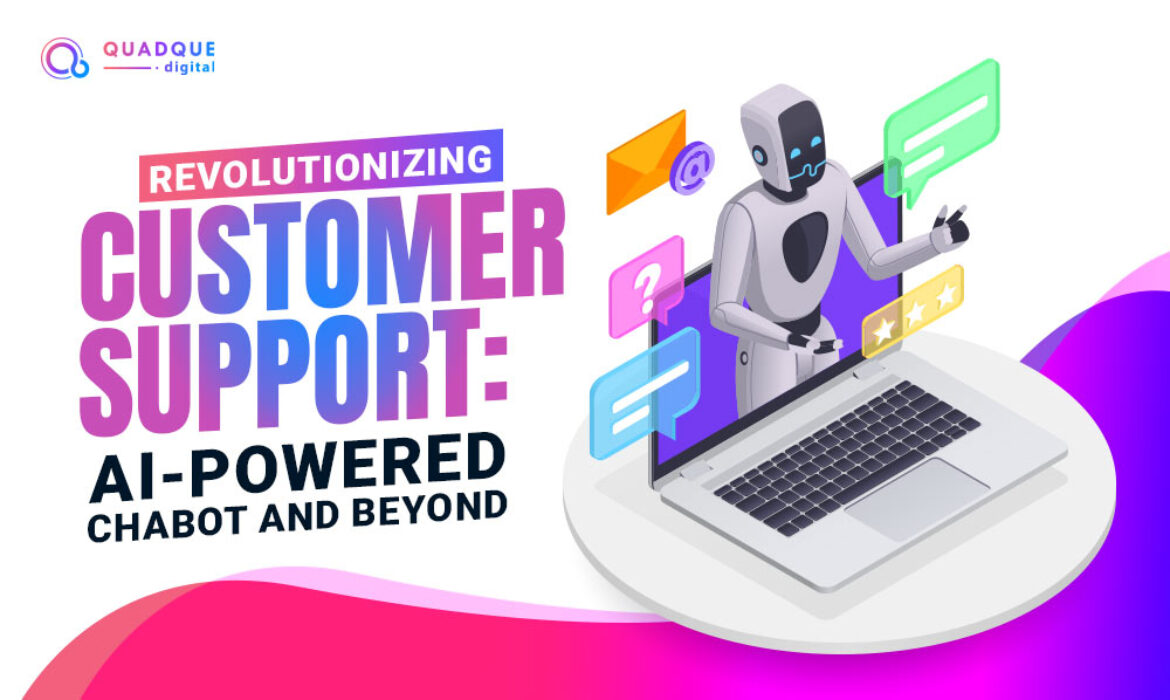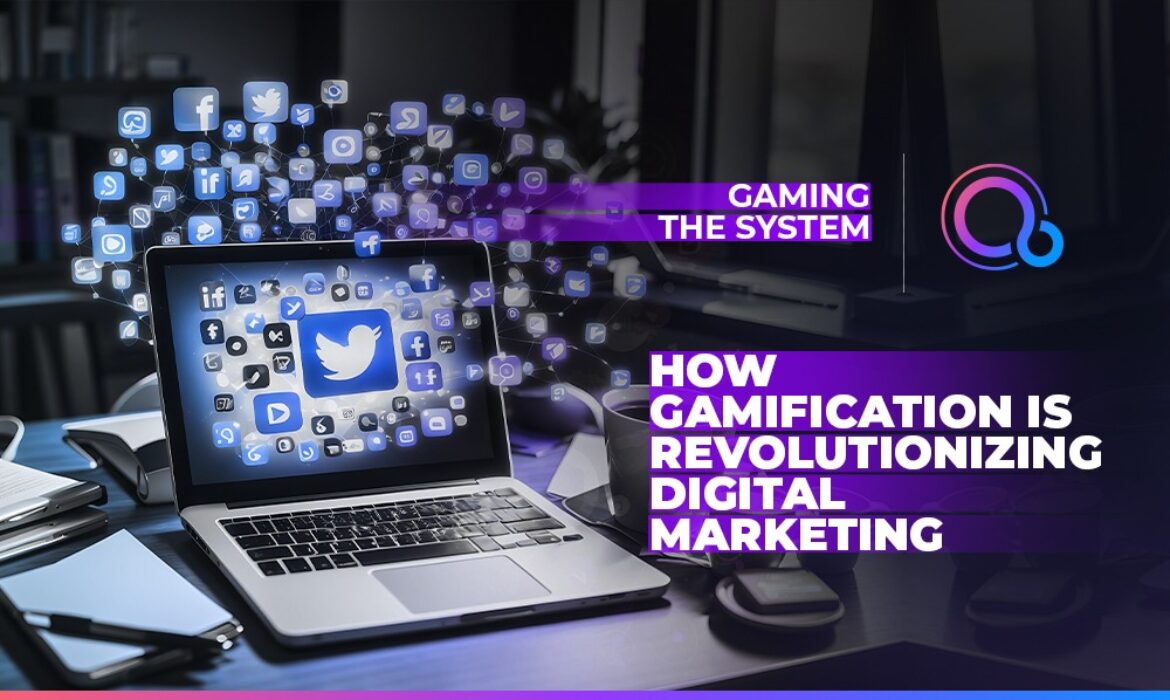AR Marketing: Realizing Success Through Innovative Campaigns
Dive into Innovative Augmented Reality AR Marketing Campaigns Overview: Step into the realm of AR Marketing Marvels, where innovation meets success through cutting-edge augmented reality campaigns. This comprehensive guide unravels the secrets behind immersive brand storytelling, virtual experiences in advertising, and the impact of AR
Read More


